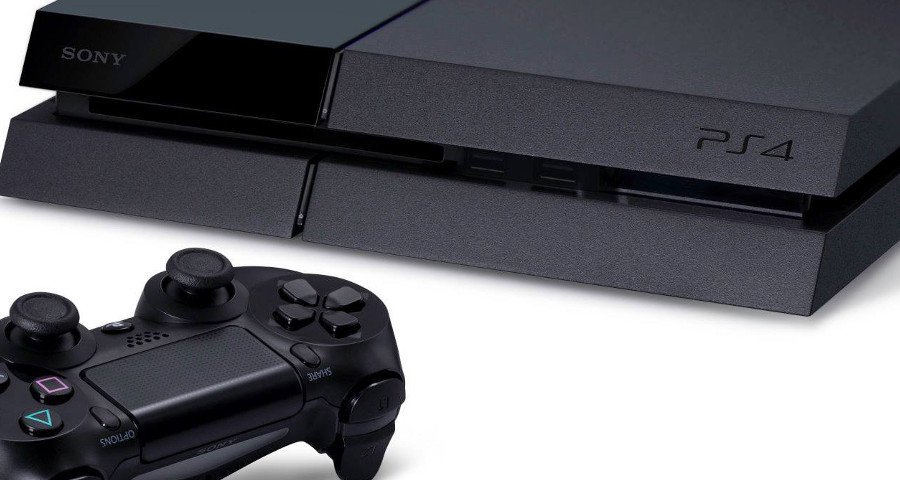Sony Chooses AMD for PlayStation 6 Chip
Sony’s next-generation console, the PlayStation 6, is set to feature AMD-powered chips, according to a recent report. This decision marks a continuation of Sony’s partnership with AMD, which has proven successful in powering the PlayStation 5 and PlayStation 5 Pro.

The Competition Heats Up
The race to secure the coveted PlayStation 6 chip contract was intense, with both AMD and Intel vying for the opportunity. While Intel had made significant strides in recent years, AMD ultimately emerged victorious, likely due to its established relationship with Sony and its ability to ensure backward compatibility with existing PlayStation consoles.
Intel’s Setbacks
Intel’s failure to secure the PlayStation 6 chip contract can be attributed to several factors. The company’s recent setbacks, including delays in its new chip plant in Ohio and issues with its Raptor Lake CPUs, have damaged its reputation. Additionally, Intel’s disagreements with TSMC over profit-sharing for custom-designed chips contributed to its downfall.
AMD’s Strategic Advantage
AMD’s position as the preferred choice for the PlayStation 6 chip can be attributed to its strong track record in gaming hardware. The company has consistently delivered high-performance graphics cards and processors, making it a trusted partner for Sony.
Furthermore, AMD’s recent strategic moves have positioned it well for the future. The company’s decision to merge its RDNA gaming graphics and CNDA data centre efforts into a unified “UDNA” platform will allow it to scale gaming priorities at lower price points.
The Potential Impact
The PlayStation 6 chip contract is a significant win for AMD. The potential revenue from this deal could have been substantial, estimated at around $30 billion. While Intel has denied the accuracy of these figures, the fact remains that AMD has secured a lucrative partnership with one of the world’s leading gaming companies.
Looking Forward
Sony’s decision to stick with AMD for the PlayStation 6 chip is a testament to the company’s commitment to providing gamers with the best possible experience. As both Sony and AMD continue to innovate, we can expect to see even more advanced technology in future consoles.
FAQs
Why did Sony choose AMD over Intel for the PlayStation 6 chip?
Sony chose AMD due to its established relationship with the company and its ability to ensure backward compatibility with existing PlayStation consoles. Additionally, Intel’s recent setbacks and disagreements with TSMC played a role in its defeat.
What are the potential benefits of AMD’s partnership with Sony?
The partnership could generate significant revenue for AMD and solidify its position as a leading player in the gaming hardware market.
What are the challenges facing Intel in the semiconductor industry?
Intel has faced several challenges, including delays in its new chip plant, issues with its Raptor Lake CPUs, and disagreements with TSMC over profit-sharing.
What is AMD’s strategy for the future?
AMD is merging its RDNA gaming graphics and CNDA data centre efforts into a unified “UDNA” platform to scale gaming priorities at lower price points.




